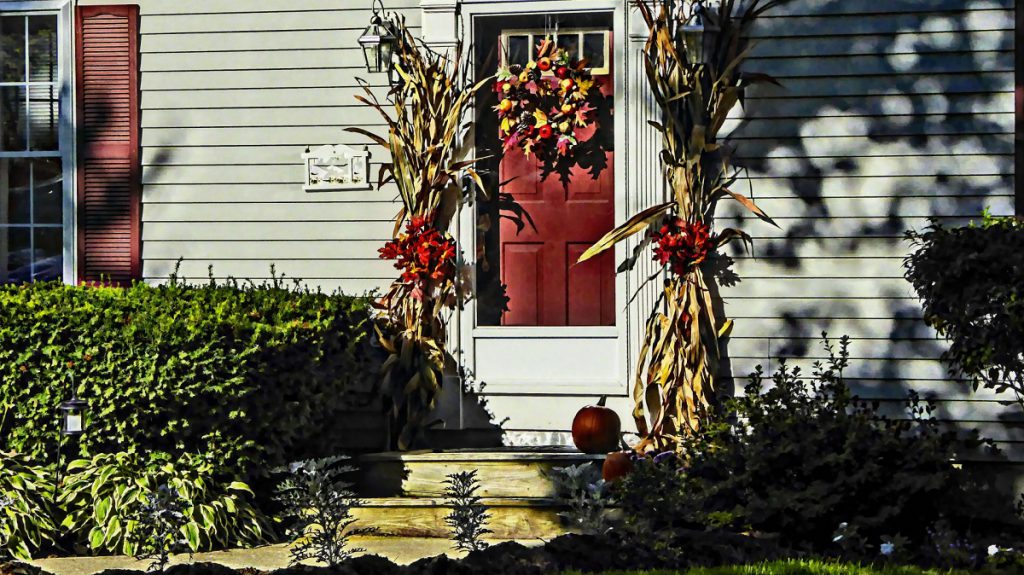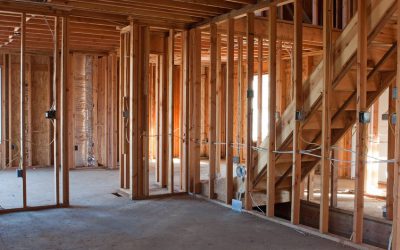Before the weather gets nippy, take care of your heating system, roof, windows and more
Whether you’re a first-time homeowner or someone who’s had a mortgage for decades, getting your home ready for the cold winter months is a must, but it’s best to do while it’s still beach season or just after. Here are some key things to cover:
 1. Clean out the gutters
1. Clean out the gutters
When they’re clogged with leaves, twigs and other debris, gutters can cause the roof to leak or water to accumulate around the house’s foundation. In cold weather, that water may freeze and cause cracks in the foundation.
2. Get the furnace checked
A well-functioning furnace will work more efficiently, won’t restrict airflow, and will use less energy, thereby reducing your heating bills, says Frank Vetri, residential energy efficiency expert for PSE&G, a diversified energy company headquartered in New Jersey. An inspected furnace also helps ensure the health and safety of the homeowners. “Whenever you’re burning something, you’re creating combustion, and you have the chance of creating carbon monoxide, which is deadly.”
3. Install storm windows
If your home has older windows but you don’t want to shell out big bucks to replace them with energy-efficient upgrades, installing storm windows is a more affordable option. According to energy.gov, storm windows can reduce airflow into and out of existing windows, which means you’ll save on heating costs.
 4. Reprogram your thermostat
4. Reprogram your thermostat
“The rule of thumb is that for every degree you lower your thermostat in the winter, you save about three percent on your energy and heating costs,” Vetri says. If you’re comfortable, try lowering it by five to 10 degrees when you’re away during the day and when you go to bed. But don’t lower the thermostat so much that your pipes freeze. To find the sweet spot in your particular home, check with a local service professional.
5. Take care of outdoor hoses and faucets
In winter, garden hoses can freeze and lead to burst pipes. To prevent such drama, disconnect hoses and drain them completely; then store indoors so they won’t crack in freezing temperatures. (Do not store hoses in the garage unless it’s heated.) Next, turn off the water supply line and turn on the faucet; let the existing water drain before turning the faucet off.
6. Move furniture away from heat sources
If your sofa is blocking the radiator or covering the baseboard, rearrange the furniture so it’s not interfering with the heat. Check that your drapes aren’t covering any heat sources, either.
 7. Weather-strip your windows
7. Weather-strip your windows
Another way to keep heat from escaping is to use weather stripping around windows and doors to seal cracks that cause drafts. To seal small gaps and holes, use caulk.
8. Install insulation throughout your home
To keep your house cozy and energy costs down, insulate your attic and exposed pipes. “The attic is where you’re going to save the most energy,” Vetri says. He recommends air-sealing it (filling any openings or cracks so heat doesn’t escape) before adding insulation to the floor. Insulation is worth the expense: “If heated air is leaving the top of your house at a rate that’s pretty fast, then your furnace has to turn back on again. If you can reduce the number of times it has to turn on per hour, you’ll reduce how much fuel you’re using,” Vetri says.
9. Remove or insulate window air-conditioning units
Since you won’t be turning on the AC when temperatures start to dip, take the units out of the windows to avoid warm air escaping. If removing them isn’t feasible, cover them and put weather stripping around any gaps between the units and window frames.
Copyright © CTW Features
Before you begin your next home project find out how HomeOnTrack can help you through the process. We’ll keep you on budget, on schedule and On Track!





